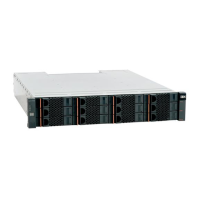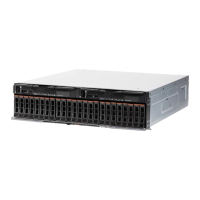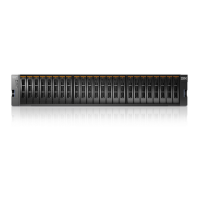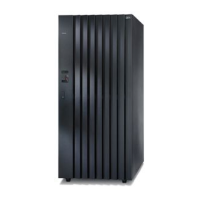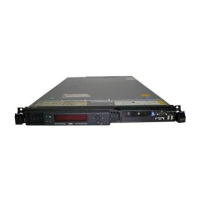Only the following alphanumeric characters are valid: 0-9, A-F, a-f. In addition to
the 16 characters, colons (:) may be used as separators in the 16 character port
name. The iSCSI initiator name may not exceed 253 characters and may not
contain any blank spaces.
Access Control:
User Category Permission
Storage administrator Allowed
Storage integration administrator Allowed
Application administrator Disallowed
Security administrator Disallowed
Read-only users Disallowed
Technicians Disallowed
Completion Codes:
v HOST_BAD_NAME
Host name does not exist
v HOST_PORT_EXISTS
Host with this port ID already defined
v ISCSI_HOST_ILLEGAL_PORT_NAME
Port name for iSCSI Host is illegal
Troubleshooting: Port names for iSCSI Hosts must contain only printable
characters.
v MAX_PORTS_REACHED
Maximum number of ports already defined in the system
v TARGET_PORT_BAD_ADDRESS
Remote port address is illegal or does not belong to the remote target
v PORT_EXISTS
Port is already defined
v OLVM_LINK_IS_NOT_UP
IBM Hyper-Scale Mobility link is not up. The mapping list cannot be updated.
v REMOTE_MAX_VIRTUAL_HOSTS_REACHED
Maximum number of remote virtual hosts already defined
Defining a New Host
Defines a new host to connect to the XIV system.
host_define host=HostName [ cluster=ClusterName ]
[ iscsi_chap_name=iscsiChapName iscsi_chap_secret=iscaiPass ]
Parameters:
Name Type Description Mandatory Default
host Object name Name of host to be
created.
Y N/A
cluster Object name Name of cluster to
contain host.
N No cluster.
Chapter 2. Host and Cluster Management
11
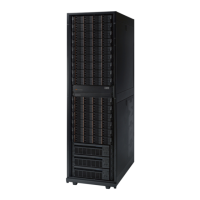
